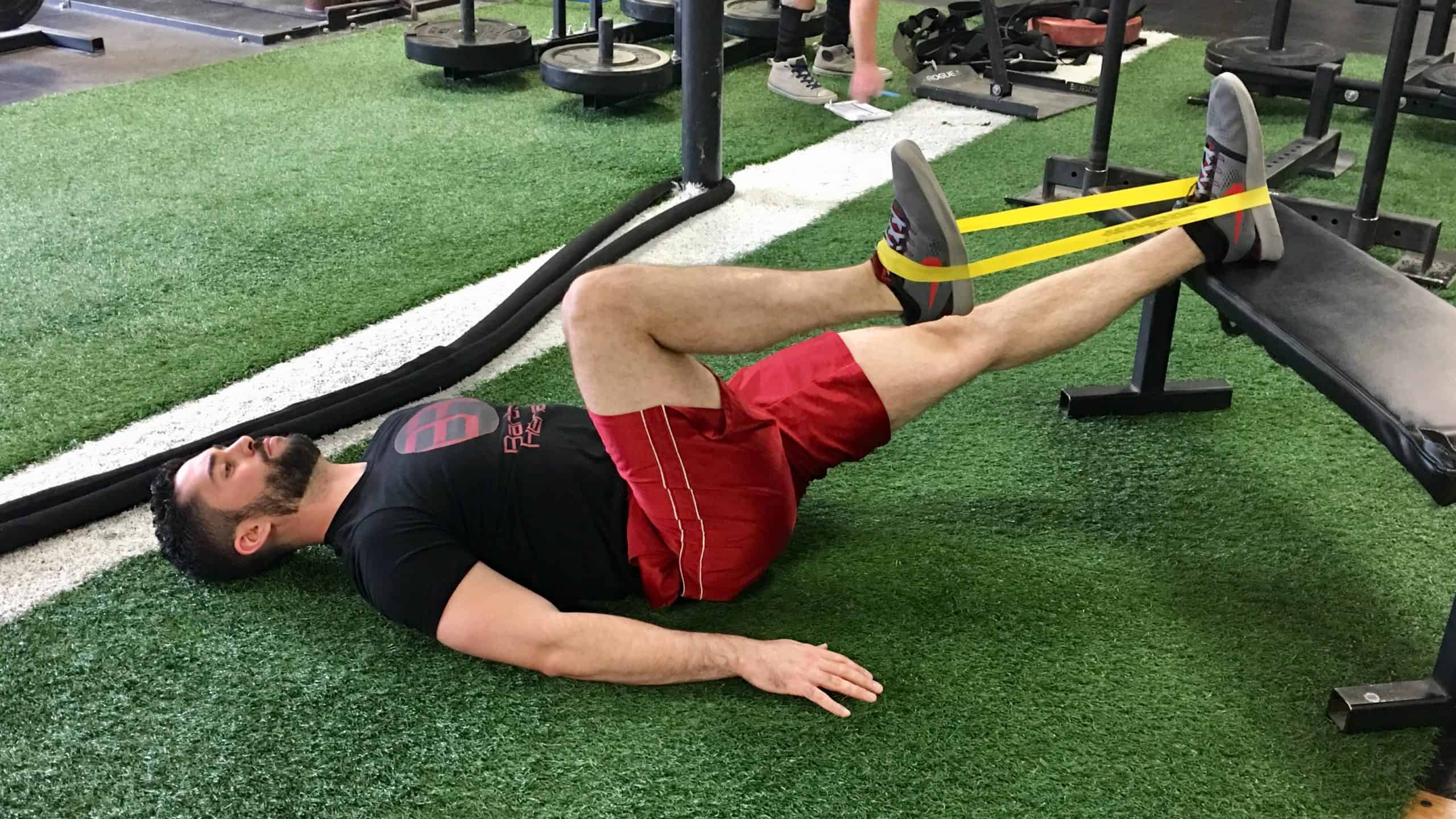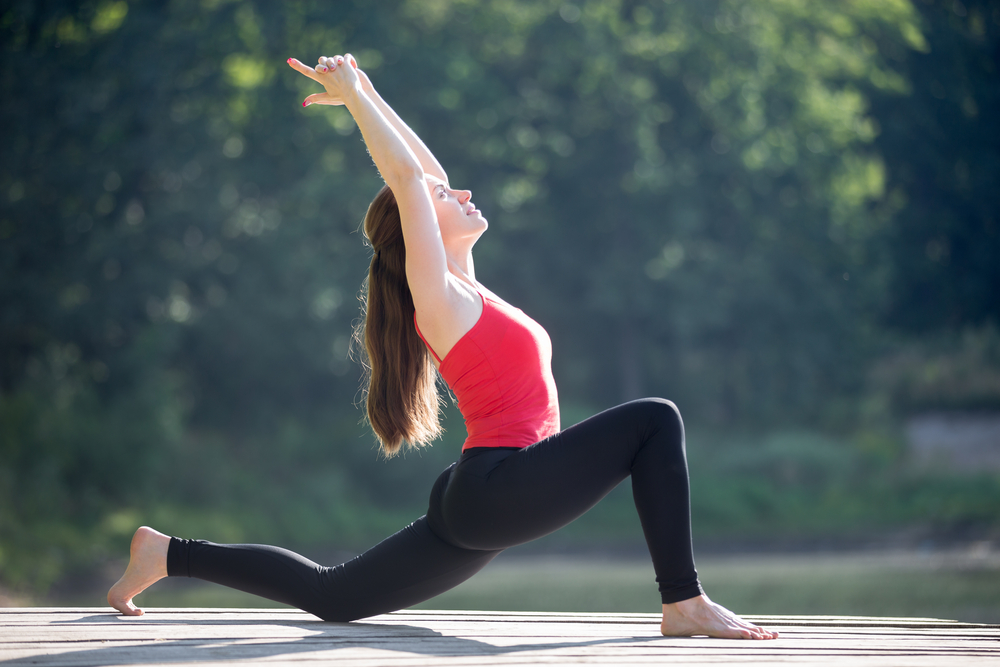

It’s important to add that many yogis with extremely flexible hips run into overstretching injuries like hip flexor strains. If you’re someone who’s got a good stretching routine down, both before and after a HIIT workout, bike ride or run, odds are the discomfort you feel indicates that there are grounds for more strengthening exercises. Again, the Thomas Test will help you identify if you’re maybe stretching something that actually needs strengthening. It’s important to identify whether you’re tight or if the muscles are weak. This is where that sports science debate we mentioned earlier comes into play.

Just because your hip flexor region feels sore doesn’t necessarily mean the muscles there are tight - in fact, they might need strengthening. My hips don’t appear to be tight, but they’re sore You can identify an anterior pelvic tilt if your belly protrudes slightly in the front while your butt sticks out in the back (what some people refer to as “duck butt”). If you have particularly tight hip flexors, your body will start to create an anterior pull on the pelvis (anterior pelvic tilt). So what? Well, these muscle imbalances often lead to skeletal imbalances and injuries down the line. Think: if you only cycle for exercise, certain muscles in your legs will get stronger (in a lot of cases you overwork these muscles) yet your core and outer hip muscles might get weaker from lack of engagement.

Prolonged sitting and activities like running or cycling can lead to tight hip flexor muscles and a variety of skeletal imbalances. If you’re not confident in self-diagnosis, book an appointment with a physiotherapist or personal trainer to help diagnose your potential hip flexor tightness and advise you on workouts and stretches. If your left heel touches the ground but the knee doesn’t straighten, that’s another sign that your hip flexors or hamstrings may be tight.ĭo this test at home and record a video or have a someone take photos. If it doesn’t, it’s a clear sign that your hip flexors are tight. Observe whether or not your left leg rests comfortably on the ground. Place both your hands on the right shin and extend the left leg out straight. With your hips square, bring your knees into your chest. Lie on your back on a hard and high surface (e.g., coffee table) There are a number of ways to do this test, but we’ll cue you through the home version. This means that jogging, running, high knees, sit-ups, mountain climbers, and squatting to name a few fundamental movements. Hip flexors contract when we are seated or when our knees lift towards our chest. Now that you understand where they are let’s talk about what the hip flexors do precisely. These muscles are grouped into different areas - the inner hip, the anterior compartment of the thigh, the glutes and the medial compartment of the thigh. The hip flexors are a group of muscles that flex the hip joint.

What are hip flexors?Ī flexor is a muscle that flexes a joint. There’s a lot of debate in the world of sports science over how much you should strengthen and stretch your hip flexors - we’ll explain. Some muscles in this group can be notoriously weak or tight and those of you who have ever had issues with this part of your body will know the uncomfortable pain of either all too well. Hip flexors. These hardworking muscles are crucial in foundational movements such as sitting, standing, walking and running - they act as a bridge connecting your torso to your lower body.


 0 kommentar(er)
0 kommentar(er)
